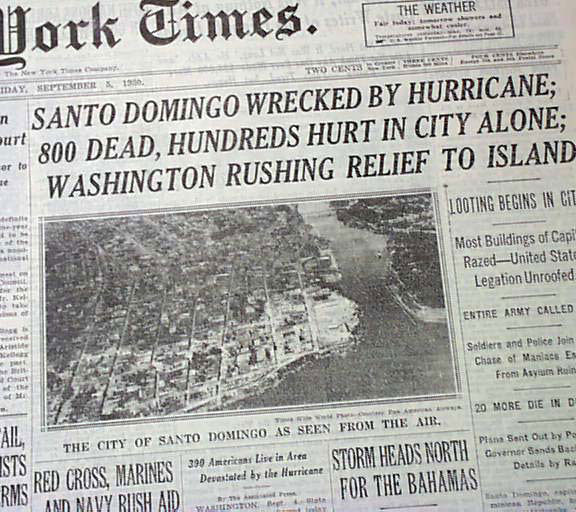Lessons Learned
Hurricanes have wreaked havoc throughout American and world history, inflicting a tremendous human toll.
The silver lining: we’ve learned from these tragedies.


Here are some insights we’ve gained in the past half century
Storm surge vs winds
We used to think the relationship between a hurricane’s winds and storm surge was fixed — meaning: the stronger the winds, the higher the storm surge. It’s actually more complicated than that. The highest storm surge in American history — almost 30 ft in Mississippi — was produced by Hurricane Katrina (2005), which only had Category 3 winds. Hurricane Ike (2008) produced a catastrophic storm surge in Texas with only Category 2 winds.
Lesson Learned
Take every hurricane seriously. Even lower-category storms can produce huge and destructive storm surges.
Elevation — not location
When Hurricane Audrey approached Louisiana in 1957, residents in “low or exposed areas” were told to evacuate. In Cameron Parish, residents who were miles inland from the open coast didn’t believe they were in “low or exposed areas,” and many didn’t evacuate. The problem: this region is flat and swampy, with very little elevation. The storm surge swept as far as 20 miles inland in places, destroying many homes and killing hundreds.
Lesson Learned
Know your elevation. When protecting yourself from storm surge, what matters is your elevation, not your distance from the coast.
Construction quality
In 2019, Hurricane Dorian struck Great Abaco Island in the Bahamas with estimated sustained winds of 185 mph. That ties it with the 1935 Labor Day Storm in Florida as the strongest known hurricane landfall in North America. While destruction was massive, some buildings — including the Bahamas Government Complex, several houses in Marsh Harbour, and a couple of Deltec homes — survived the intense inner core of Dorian with barely a scratch.
Lesson Learned
Construction quality matters. We can design buildings and houses to withstand the strongest hurricanes.
Keeping the wind out
When hurricane winds pound a building, the interior will usually remain safe, dry, and undamaged as long as the windows, doors, and roof stay secure. But once a window breaks, a door blows off, or some of the roof tears away, chaos invades the building — and interior destruction can occur. Videos shot by stormchaser Josh Morgerman dramatically illustrate this point. Best example: Hurricane Odile (2014) in Mexico. The hotel lobby was completely destroyed — but if only the windows had been protected, the interior would’ve had no damage.
Lesson Learned
Keep the wind out. Interior wind damage can be prevented if windows and doors are securely protected, and the roof is securely attached.
Power of preparation.
Hurricane death tolls are way lower than they used to be. With one tragic exception, the 20 deadliest U.S. hurricanes all happened before 1970. This is due to better science, better monitoring technologies (for example, satellite surveillance of offshore waters), better warnings, better communications, and a more informed, educated public. For the most part, Americans take hurricane warnings seriously and get out of the way when one’s coming. The tragic exception: Hurricane Katrina of 2005. The unexpected levy failures in New Orleans plus tremendous storm surge in Mississippi killed an estimated 1,800 people, making Katrina the third-deadliest hurricane in American history.
Lesson Learned
Keep informed and be prepared. If approaching threats are properly communicated — and residents heed the warnings — death tolls are minimized.

